
Top 10 Shure SM58 Pro XLR Dynamic Microphone Review shure beta 58a – Oemiu
Shure SM58 Pro XLR Dynamic Microphone Review: A Vocal Legend vs. Its Upgraded Sibling
For decades, the Shure SM58 has been the undisputed king of live vocal microphones. Its ruggedness, reliability, and consistent performance have made it a staple in venues of all sizes, from small clubs to massive stadiums. But what happens when a legend gets a sibling – a refined, upgraded version aimed at capturing an even more nuanced and powerful vocal performance? Enter the Shure Beta 58A. This review delves deep into the SM58, examining its strengths and weaknesses, and then pits it against the Beta 58A to see if the upgrade is worth the investment. We’ll explore their technical specifications, sonic characteristics, and practical applications to help you determine which microphone is the right choice for your needs. Whether you’re a seasoned professional or just starting your vocal journey, understanding the nuances of these two microphones is crucial for achieving the best possible sound.
The Indomitable Shure SM58: A Microphone for the Ages
The Shure SM58 is more than just a microphone; it’s an icon. Its instantly recognizable design, characterized by its spherical grille and robust build, has graced countless stages and recording studios around the world. Its reputation is built on a foundation of unwavering reliability and consistent performance. This dynamic microphone is renowned for its ability to withstand the rigors of live performance, enduring drops, spills, and the general wear and tear that comes with constant use. The internal shock-mount system effectively minimizes handling noise, allowing singers to move freely on stage without worrying about unwanted thumps and bumps. The SM58’s cardioid polar pattern is another key factor in its widespread popularity. This pattern focuses on capturing sound directly in front of the microphone while rejecting off-axis noise, such as stage bleed and feedback. This is particularly important in live settings where ambient noise can be a significant problem. The frequency response of the SM58 is tailored for vocals, emphasizing the frequencies that contribute to clarity and intelligibility. It provides a warm and natural sound that works well for a wide range of vocal styles. From rock and pop to country and folk, the SM58 has proven its versatility time and time again. Moreover, the SM58’s affordability makes it accessible to musicians of all levels. It’s a microphone that you can rely on without breaking the bank, making it an excellent investment for both beginners and professionals. The legacy of the SM58 extends beyond its technical specifications. It’s a symbol of performance, reliability, and quality. It’s the first microphone many singers use, and often the one they keep coming back to throughout their careers. The sheer number of artists who have relied on the SM58 speaks volumes about its enduring appeal.
Shure Beta 58A: The Refined Vocal Powerhouse
The Shure Beta 58A takes the fundamental principles of the SM58 and elevates them to a new level of performance. While it retains the familiar shape and robust construction, the Beta 58A incorporates several key improvements that enhance its sonic capabilities. One of the most significant differences is the Beta 58A’s supercardioid polar pattern. This pattern is narrower than the SM58’s cardioid pattern, providing even greater rejection of off-axis noise. This translates to improved isolation on stage, reducing the risk of feedback and minimizing the impact of surrounding instruments. The Beta 58A also boasts an extended frequency response compared to the SM58. This wider range allows the microphone to capture more detail and nuance in the vocal performance, resulting in a brighter and more articulate sound. The neodymium magnet in the Beta 58A provides a higher output level, meaning that the microphone delivers a stronger signal to the mixing console. This can be particularly beneficial for singers with quieter voices or in situations where a hotter signal is desired. The hardened mesh grille of the Beta 58A is designed to resist wear and tear, ensuring that the microphone can withstand the demands of frequent use. The improved pneumatic shock-mount system further reduces handling noise, allowing for even greater freedom of movement on stage. While the SM58 is known for its warm and natural sound, the Beta 58A offers a more modern and aggressive tone. Its brighter top end and tighter polar pattern make it well-suited for singers who want their vocals to cut through the mix. The Beta 58A is often favored by rock and metal singers, as well as those who perform in louder environments. However, its versatility extends beyond these genres, and it can be used effectively in a variety of musical styles. The improved clarity and detail of the Beta 58A also make it a suitable choice for recording vocals in the studio. Ultimately, the Beta 58A represents a step up in performance from the SM58. It offers improved isolation, a wider frequency response, and a higher output level, making it a powerful tool for vocalists who demand the best possible sound. When considering the best handheld microphone for live performances, the Beta 58A is a strong contender.
Head-to-Head Comparison: SM58 vs. Beta 58A
Choosing between the Shure SM58 and the Shure Beta 58A requires a careful consideration of your specific needs and preferences. While both microphones are excellent choices for vocal performance, they offer distinct characteristics that make them better suited for different applications. The SM58’s cardioid polar pattern provides a wider pickup area, making it more forgiving in terms of microphone technique. This can be advantageous for singers who tend to move around a lot on stage or who are less experienced with microphone placement. The Beta 58A’s supercardioid pattern, on the other hand, requires more precise microphone technique but offers superior isolation from surrounding noise. This makes it ideal for singers who perform in loud environments or who want to minimize feedback. The SM58’s frequency response is tailored for a warm and natural sound, emphasizing the frequencies that contribute to vocal clarity. This makes it a versatile choice for a wide range of vocal styles and genres. The Beta 58A’s extended frequency response provides a brighter and more articulate sound, capturing more detail and nuance in the vocal performance. This can be particularly beneficial for singers who want their vocals to cut through the mix. The SM58’s lower output level may require more gain from the mixing console, which can potentially introduce more noise into the signal. The Beta 58A’s higher output level provides a stronger signal, reducing the need for excessive gain and resulting in a cleaner sound. Both microphones are built to withstand the rigors of live performance, but the Beta 58A’s hardened mesh grille offers slightly greater durability. The improved pneumatic shock-mount system in the Beta 58A also provides enhanced protection against handling noise. Considering the shure beta 58a price compared to the SM58 is also a factor. The SM58 is generally more affordable than the Beta 58A, making it a budget-friendly option for beginners or those who need multiple microphones. The Beta 58A’s higher price reflects its enhanced performance and features. Ultimately, the best choice between the SM58 and the Beta 58A depends on your individual needs and preferences. If you’re looking for a reliable and versatile microphone with a warm and natural sound, the SM58 is an excellent choice. If you need superior isolation, a brighter sound, and a higher output level, the Beta 58A is the better option. Below is a table summarizing the key differences:
| Feature | Shure SM58 | Shure Beta 58A |
|---|---|---|
| Polar Pattern | Cardioid | Supercardioid |
| Frequency Response | 50 Hz – 15 kHz | 50 Hz – 16 kHz |
| Output Level | Lower | Higher |
| Sound | Warm and Natural | Bright and Articulate |
| Price | More Affordable | More Expensive |
| Durability | High | High (Hardened Mesh Grille) |
Real-World Applications: Where Each Microphone Shines
The Shure SM58 and Beta 58A, while both fantastic vocal microphones, each have specific scenarios where they truly excel. Understanding these real-world applications can greatly assist in making the right choice for your specific needs. The SM58 shines in situations where versatility and forgiveness are paramount. For instance, in a band rehearsal setting, the SM58 is an ideal choice. Its wider cardioid pattern easily captures vocals even when the singer isn’t perfectly positioned, and its ruggedness means it can withstand the inevitable bumps and knocks that occur in a rehearsal space. Small to medium-sized clubs and pubs also benefit greatly from the SM58. Its ability to reject off-axis noise helps to control feedback in these often acoustically challenging environments. Open mic nights are another perfect application for the SM58. Its affordability means that venues can provide multiple microphones without breaking the bank, and its ease of use makes it suitable for singers of all skill levels. Furthermore, for spoken word applications such as presentations and speeches, the SM58 delivers clear and intelligible audio. Its warm and natural sound ensures that voices sound clear and present without sounding harsh. The Beta 58A, on the other hand, truly shines in situations that demand greater isolation and clarity. Large concert venues and festivals are ideal environments for the Beta 58A. Its supercardioid pattern provides excellent rejection of stage bleed and feedback, allowing the singer’s voice to cut through the mix even in loud and chaotic environments. Recording studios also benefit from the Beta 58A’s enhanced sonic capabilities. Its wider frequency response captures more detail and nuance in the vocal performance, resulting in a more polished and professional recording. Rock and metal performances are another area where the Beta 58A excels. Its brighter and more aggressive sound is well-suited to these genres, helping the singer’s voice to stand out in a dense mix. The increased output of the shure beta 58a for live vocals also helps when performing in environments with louder stage volumes. Professional touring musicians often prefer the Beta 58A due to its durability and consistent performance. Its rugged construction ensures that it can withstand the rigors of the road, and its reliable performance means that the singer can always count on it to deliver a great sound. Ultimately, the choice between the SM58 and the Beta 58A depends on the specific demands of the application. The SM58 is a versatile and reliable workhorse that excels in a wide range of situations, while the Beta 58A is a more specialized tool that shines in environments that demand greater isolation and clarity.
Beyond the Stage: Alternative Uses for the SM58 and Beta 58A
While primarily designed for vocal performance, both the Shure SM58 and Beta 58A possess surprising versatility and can be effectively utilized in a variety of unconventional applications. Their robust construction and reliable performance make them suitable for tasks that extend beyond the traditional stage setting. The SM58, in particular, has found favor in certain instrument recording scenarios. Its ability to handle high sound pressure levels (SPL) makes it a surprisingly effective choice for recording snare drums and guitar amplifiers. When placed close to a snare drum, the SM58 captures a punchy and aggressive sound that can add significant impact to a drum track. Similarly, when used to mic a guitar amplifier, the SM58 delivers a warm and gritty tone that is well-suited for rock and blues styles. The SM58’s forgiving nature also makes it a useful tool for capturing ambient sounds. By placing the microphone in a room and recording the overall atmosphere, you can add depth and realism to your recordings. This technique is often used in film and television production to create immersive soundscapes. The Beta 58A, with its tighter polar pattern and extended frequency response, is better suited for capturing more detailed and nuanced instrument sounds. It can be used to record acoustic guitars, brass instruments, and even vocals in a quieter studio environment. The Beta 58A’s ability to reject off-axis noise makes it particularly useful for recording instruments in close proximity to each other. For instance, it can be used to record a saxophone in a band setting without picking up excessive bleed from other instruments. Both microphones can also be used for podcasting and voiceover work. While not specifically designed for these applications, their clear and intelligible sound makes them a viable option for those on a budget. The SM58’s warm and natural sound can be particularly appealing for podcasts that focus on conversational content, while the Beta 58A’s brighter sound can be useful for voiceovers that need to cut through background music. The shure beta 58a frequency response, coupled with its ability to handle higher SPLs, also lends itself well to recording louder sound sources, like a distorted guitar amp. In a pinch, either microphone can be used for field recording. Their rugged construction and battery-free operation make them suitable for capturing audio in outdoor environments. However, it’s important to note that they are not weatherproof and should be protected from rain and moisture. Ultimately, the versatility of the SM58 and Beta 58A extends far beyond the stage. Their robust construction, reliable performance, and surprisingly adaptable sonic characteristics make them valuable tools for a wide range of applications.
Frequently Asked Questions (FAQ)
What are the main differences between the Shure SM58 and the Shure Beta 58A?
The primary differences between the SM58 and Beta 58A lie in their polar patterns, frequency responses, and output levels. The SM58 utilizes a cardioid polar pattern, which captures sound primarily from the front while rejecting some off-axis noise. The Beta 58A employs a tighter supercardioid pattern, providing even greater rejection of unwanted sounds but requiring more precise microphone technique. In terms of frequency response, the SM58 offers a warm and natural sound, while the Beta 58A boasts an extended range that results in a brighter and more articulate tone. Finally, the Beta 58A has a higher output level than the SM58, meaning it delivers a stronger signal to the mixing console. These differences make the SM58 a versatile and forgiving choice for a wide range of vocal applications, while the Beta 58A excels in situations that demand greater isolation and clarity.
Which microphone is better for live vocals: SM58 or Beta 58A?
The “better” microphone for live vocals depends heavily on the specific context of the performance. If you’re singing in smaller venues or rehearsal spaces where stage volume isn’t excessively loud and feedback isn’t a major concern, the SM58’s warmth and wider pickup pattern can be quite forgiving and versatile. However, in larger venues with higher stage volumes or where feedback is more likely, the Beta 58A’s supercardioid pattern provides superior isolation, reducing bleed from other instruments and minimizing feedback potential. Additionally, the Beta 58A’s brighter sound can help vocals cut through a dense mix more effectively. Ultimately, consider the acoustic environment, your vocal style, and the potential for feedback when making your decision. Many professional vocalists own and use both, selecting the appropriate microphone based on the specific gig.
Is the Shure Beta 58A worth the extra cost compared to the SM58?
Whether the Beta 58A is worth the extra cost compared to the SM58 depends entirely on your needs and budget. If you primarily perform in smaller venues or rehearse in spaces with controlled acoustics, the SM58’s affordability and versatility may be sufficient. However, if you regularly perform in larger venues with higher stage volumes or require superior isolation from surrounding noise, the Beta 58A’s enhanced performance justifies the additional expense. The Beta 58A offers a brighter sound, tighter polar pattern, and higher output level, all of which contribute to a more polished and professional vocal sound in demanding environments. If you are a serious vocalist looking to elevate your performance, the Beta 58A is a worthwhile investment.
Can I use the SM58 or Beta 58A for recording vocals at home?
Yes, both the SM58 and Beta 58A can be used for recording vocals at home, although they are not specifically designed for studio recording. The SM58’s warm and natural sound can be a good choice for recording vocals in a less-than-ideal acoustic environment, as it tends to be more forgiving. The Beta 58A, with its extended frequency response and tighter polar pattern, can capture more detail in a well-treated room. To get the best results, ensure you have a pop filter to minimize plosives (bursts of air from “p” and “b” sounds) and consider using a reflection filter to reduce room ambience. While dedicated studio microphones might offer superior performance, the SM58 and Beta 58A can certainly produce usable and even impressive vocal recordings in a home studio setting.
What kind of pop filter and cable should I use with these microphones?
For both the SM58 and Beta 58A, a standard double-layer mesh pop filter is generally recommended. These filters effectively reduce plosives without significantly affecting the overall sound quality. Some pop filters attach directly to the microphone stand, while others have a gooseneck for flexible positioning. As for cables, you’ll need an XLR cable, as both microphones use XLR connectors. Opt for a balanced XLR cable from a reputable brand to ensure reliable signal transmission and minimize noise. Cable length will depend on your setup, but shorter cables (around 10-15 feet) are generally preferable to minimize signal loss. Look for cables with robust connectors and durable shielding for long-lasting performance.
Are there any common issues or problems associated with the SM58 or Beta 58A?
Both the SM58 and Beta 58A are known for their reliability, but some common issues can arise. With the SM58, the foam windscreen inside the grille can deteriorate over time, affecting the sound quality and potentially causing the microphone to sound muffled. Regularly cleaning or replacing the windscreen can prevent this. With the Beta 58A, the tighter supercardioid pattern requires more precise microphone technique, so singers need to be mindful of their positioning to maintain consistent sound. Both microphones can be susceptible to feedback if not properly managed in a live setting. Ensuring correct gain staging and proper speaker placement is crucial. Additionally, counterfeit versions of both microphones exist, so it’s essential to purchase from authorized dealers to ensure you’re getting a genuine product.
How do I clean and maintain my SM58 or Beta 58A microphone?
Proper cleaning and maintenance are essential for preserving the lifespan and performance of your SM58 or Beta 58A. Regularly clean the microphone grille with a soft brush or cloth to remove dust and debris. For more thorough cleaning, you can carefully remove the grille and wash it with mild soap and water. Ensure the grille is completely dry before reattaching it. The foam windscreen inside the grille can be gently washed as well, but be extra careful not to damage it. Avoid using harsh chemicals or solvents, as they can damage the microphone’s components. Store the microphone in a protective case when not in use to prevent dust and physical damage. Inspect the XLR connector periodically for corrosion or damage and clean or replace it as needed. By following these simple steps, you can keep your SM58 or Beta 58A in excellent condition for years to come.




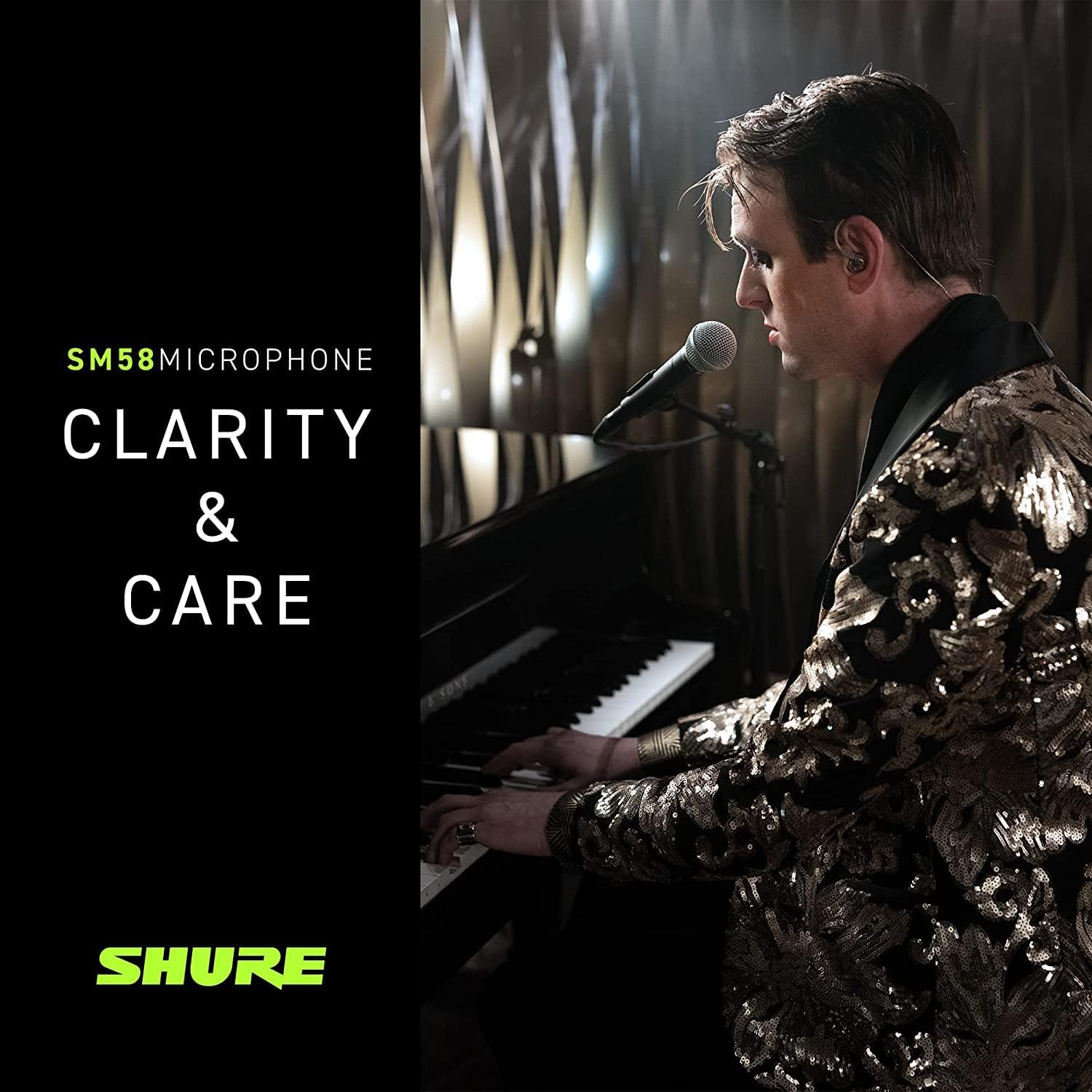

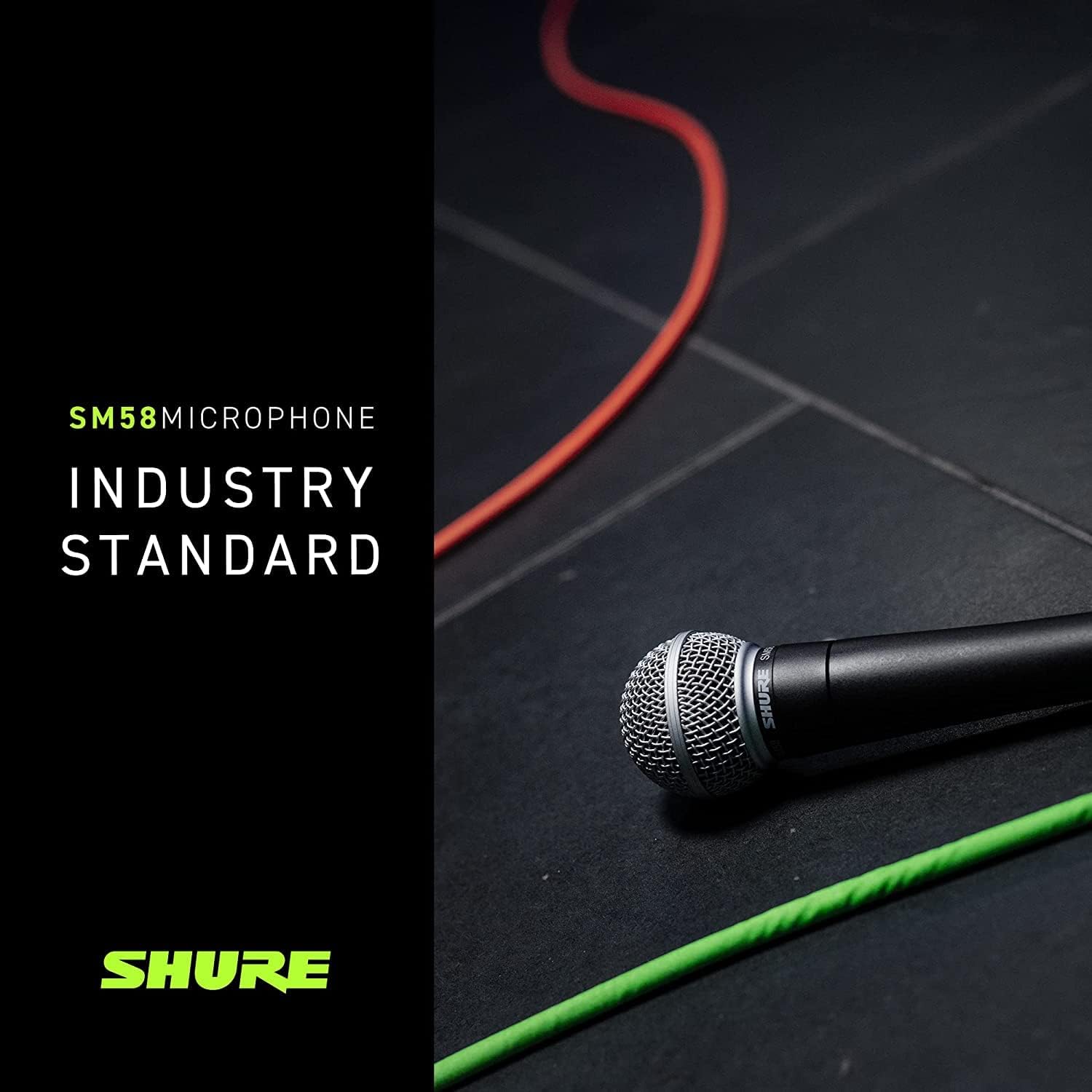
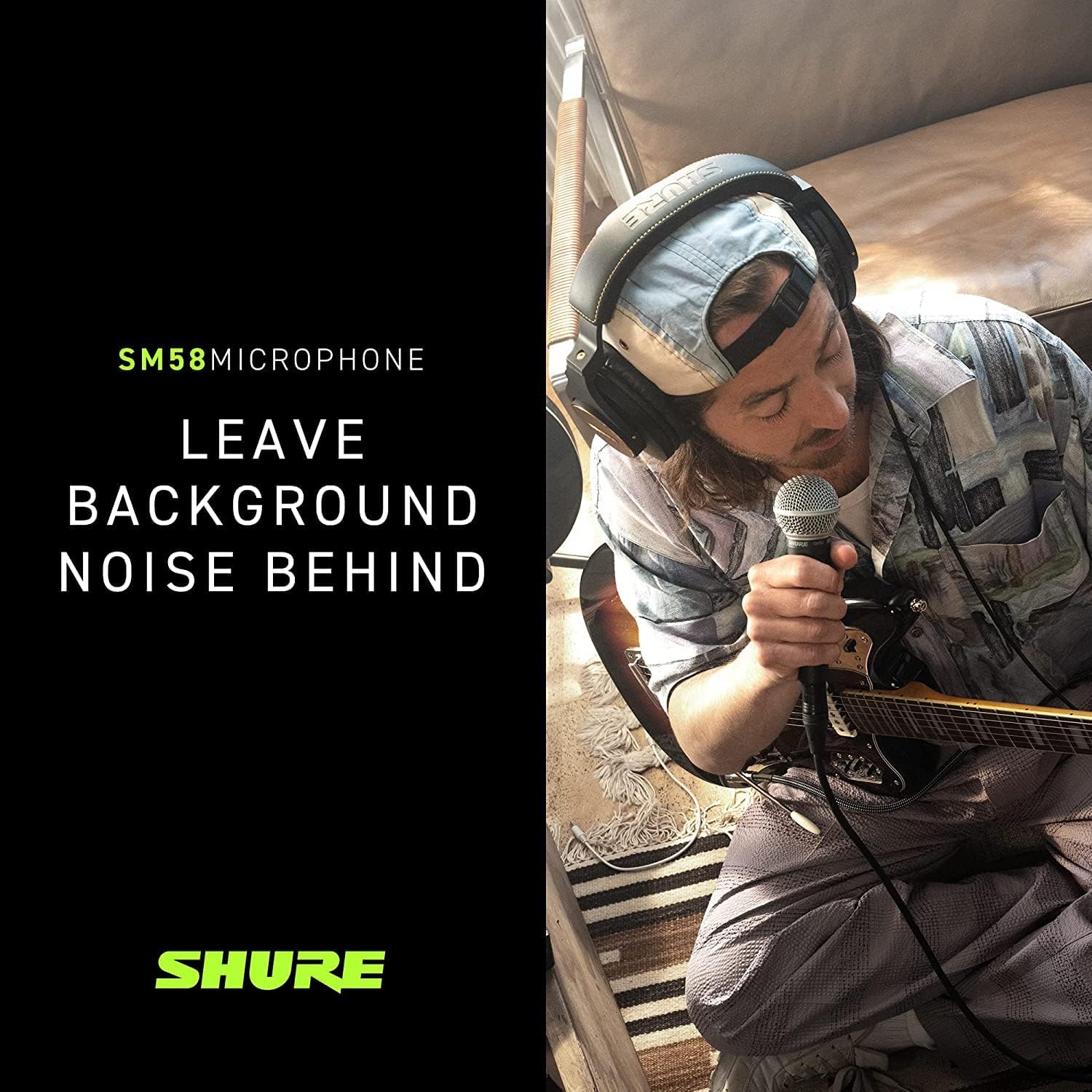
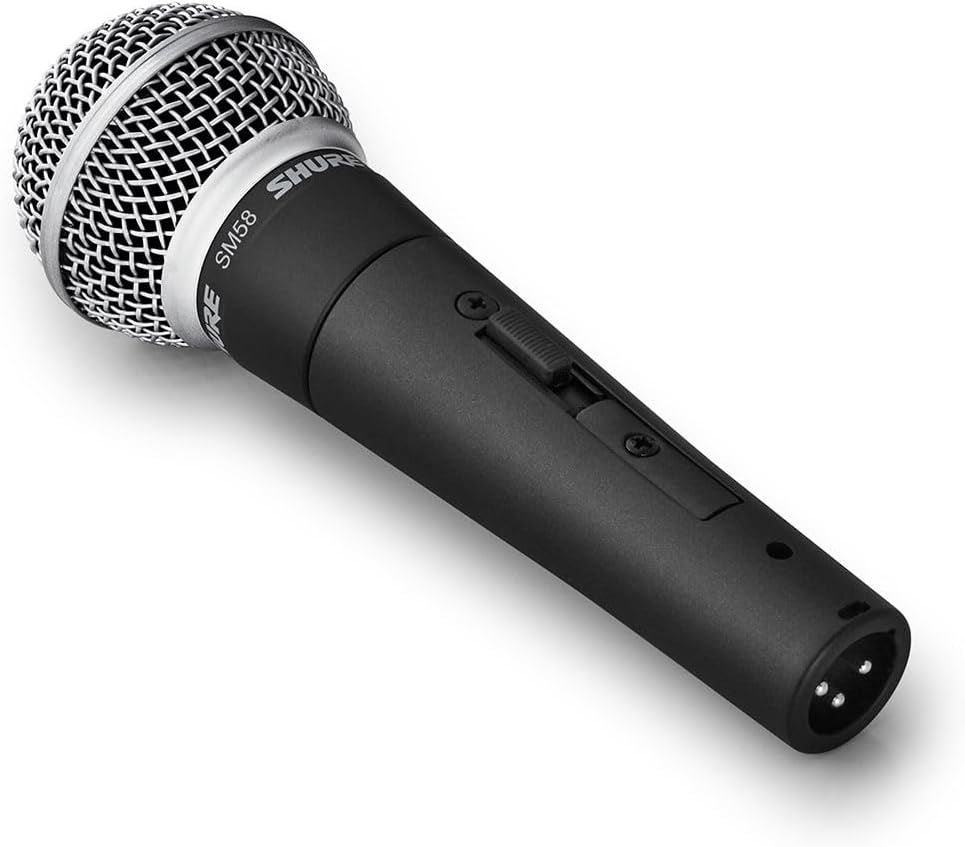
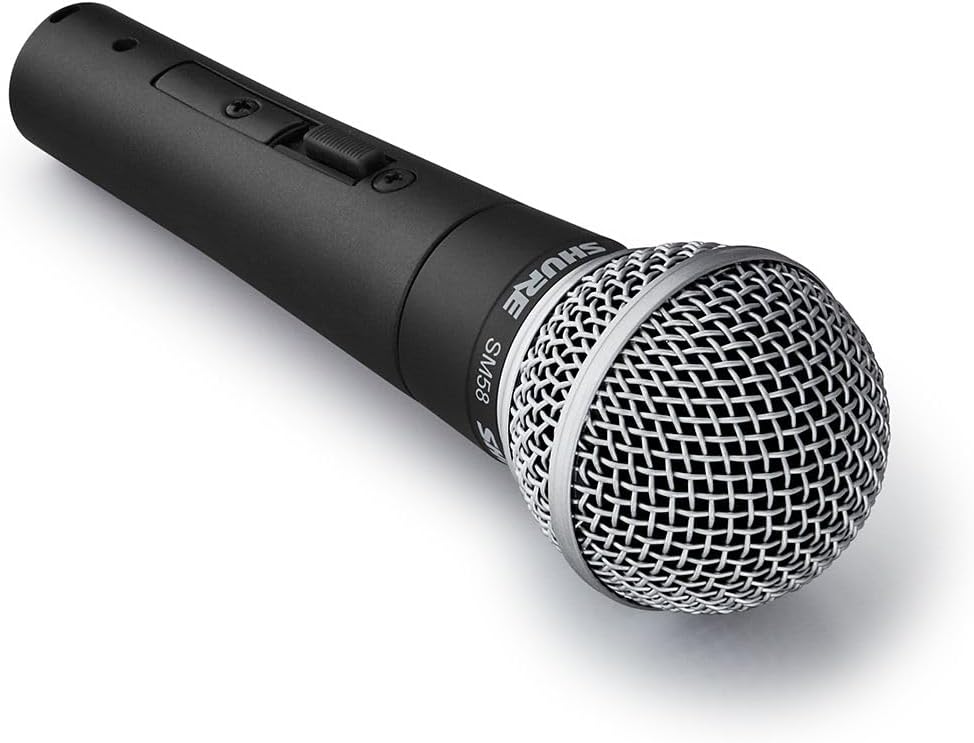
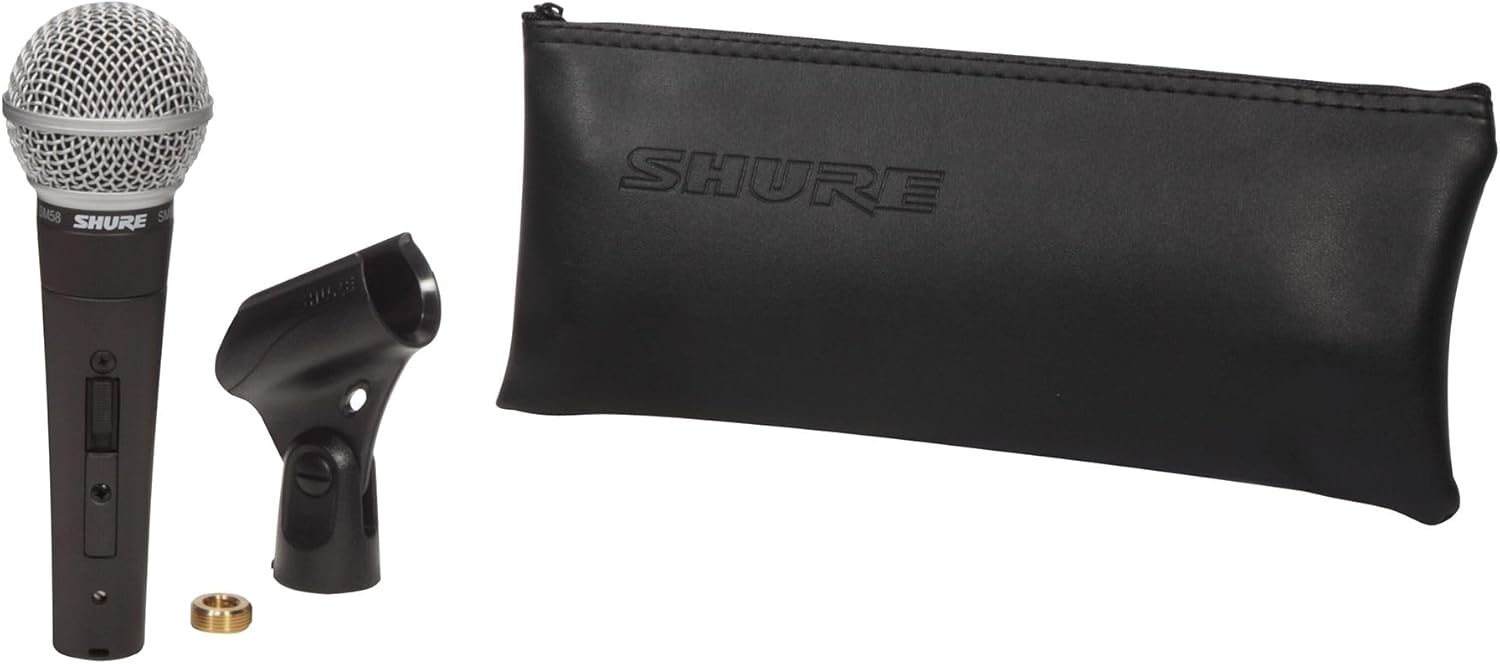
Price: $154.00 - $119.00
(as of Sep 03, 2025 03:00:05 UTC – Details)




